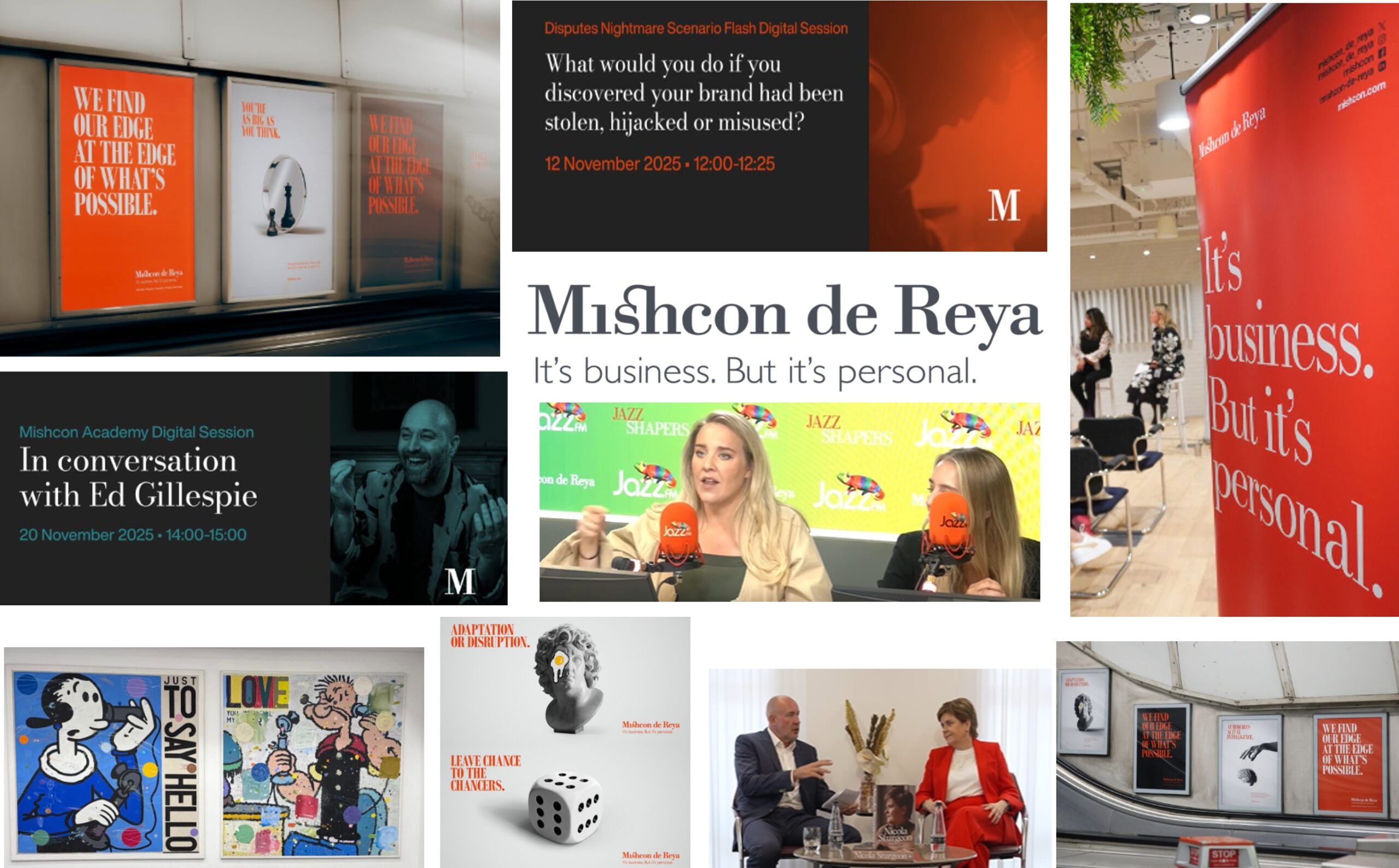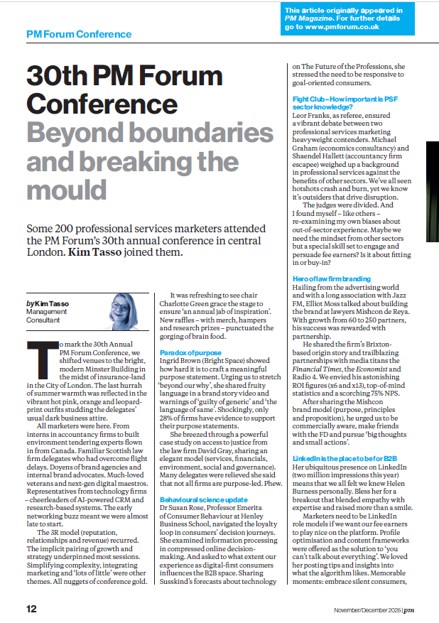I spent yesterday at the lovely Fanhams Hall Hotel in Hertfordshire with the 12 law firms who make up Law South. There were four speakers (Professor Richard Susskind OBE, Nick Jarrett-Kerr, Tim Aspinall of DMH Stallard and myself) and two interactive sessions with the 50 or so members using electronic voting machines to share views and prompt discussion.
John Sheath, Managing Partner of Brachers, chaired the conference which was sponsored by RBS and Copyrite. It would be impossible to share all of the valuable ideas that emerged during the day but I’ve attempted to highlight the key points from the main sessions.
Professor Richard Susskind OBE – Competing in tomorrow’s market legal place
Pointing to KPMG’s mission to “turn knowledge into value for the benefit of clients” he started by asking how lawyers will find new ways to enable clients to access knowledge. He said that clients want legal risk management and dispute avoidance rather than dispute resolution. He spent some time considering the difference between automation (of existing processes) and innovation (doing things differently).
With clients needing more for less and the pressure on everyone to reduce fees – he considered efficiency strategies to reduce costs and collaboration strategies to share costs.
Returning to themes from his most recent book he looked at his bespoke to commoditisation model and looked at the nine tasks in litigation (document review, legal research, project management, litigation support, electronic disclosure, strategy, tactics, negotiation and advocacy) and a similar model for big deals.
Then there were cases studies for Rio Tinto, BT, Thames Water and Thomson Reuters. Multi-sourcing and near sourcing arrangements were explored. Comments from leaders in technology space were considered before the impact of wikis, social media, telepresence and online dispute resolution (ODR) and the legal profession’s “irrational rejectionism”.
The 12 disruptive legal technologies were summarised and the grid (complex to routine work, weak to strong competition) – which is helpful for market analysis – was examined in terms of its impact on pricing.
Finally, he looked at the doughnut model – with the expert trusted adviser at the core, then the enhanced practitioner and finally the routine work/process manager. Some nice quotes stressed the need for anticipation: “Go where the puck is going to be” (Wayne Gretzkey) and “The best way to forecast the future is to invent it” (Peter Drucker).
Richard’s new book “Tomorrow’s lawyer – an introduction to your future” will be published in 2013. For my review of his last book “The end of lawyers?” see http://kimtasso.com/the-end-of-lawyers-richard-susskind
Nick Jarrett-Kerr – Avoiding the middle of nowhere – Strategies for mid-sized firms
Nick, who was previously chief executive of Bevan Ashford, started with a discussion about the diamond model of competitive capability and performance which shows nine types of law firm and then talked us through an analysis of size and reputation as applied to Law South members.
There was a helpful list of six questions to help firms decide if they need to grow, ideas on how to flex the business model and key points for considering strategic options. Then there was a model for understanding different types of partners (performaholics, institution builders, life stylists and idealists) and the impact-infuence matrix.
Kim Tasso – Innovation in legal marketing: Star Trek Strategy – To boldly go where no lawyer has gone before
It’s always difficult to summarise your own talk – but here goes!
I started with an exploration of the concepts and attributes of creativity (in individuals) and innovation (in organisations) before examining the evidence of law firms being innovative by looking at material from the FT’s innovative lawyers and Managing Partners Forum innovation awards. Then we spent a little time with Kirton’s Adaptor-Innovator Inventory.
Common legal marketing strategies were considered including branding (Quality Solicitors, Co-Operative Legal Services, Linklaters, Olswang, Allen & Overy and Inksters) as well as sub branding (Berwin Leighton Paisner), co-branding (Mishcon de Reya), consolidation and segmentation/niches. I also highlighted some recent law firm sponsored thought leadership campaigns.
Rather than looking at past trends and traditional client research, I presented summaries from various futurologists’ predictions (e.g. http://kimtasso.com/do-you-fear-the-future-futurologists-speak-out-at-lawtech-futures-2012) before examining some techniques to help with new product and service development and law firm examples. I offered some insights on cannibalism and differential pricing before considering how horizontal and vertical integration and core competencies might help in this area.
There were some thoughts about the future impact of technology on client expectations and relationships before sharing some tools to promote innovative thinking in law firms – including some possible uses of blue ocean strategy techniques (see http://kimtasso.com/blue-ocean-strategy-for-professional-firms-seeking-new-services)
Some of the responses to the questions I posed on the interactive voting were interesting:
How important do you think it is for law firms to innovate?
- 63% critical for survival
- 25% Very important
Which types of law firm find it easiest to innovate?
- 71% the newest (no baggage)
- 22% the niches (superior market knowledge)
- 6% the smallest (faster to react)
- 2% the largest (more resources)
The best source of ideas for law firm innovation is:
- 32% our own people
- 30% looking at those in similar markets
- 22% client feedback and research
- 8% studying other professions
- 6% other
- 2% watching our competitors
In which area would you most like to see your firm innovate?
- 23% improved client service
- 21% pricing and payment
- 19% new markets and niches
- 15% relationship management
- 13% new products and services
- 4% marketing and promotions (e.g. brands)
Would you be prepared to explore collaboration with:
- 28% your clients
- 25% other law firms
- 25% other professional services
- 17% other private/business services
- 6% unrelated brands
Tim Aspinall – Practical solutions to current challenges in the legal market
Tim started with a review of the economic environment and a summary of the changes taking place in the legal market (I have written various blogs on this topic – but see, in particular, The Perfect Storm http://kimtasso.com/law-firm-strategy-are-law-firm-leaders-in-denial-about-the-perfect-storm-or-hanging-on-for-the-final-big-catch).
He provided some helpful stats on the size of the legal market:
- Value of UK legal market £25 billion
- Top 100 firms generating £14 billion, next 100 firms £1.25 billion
- 125 applications for ABS (mostly by insurance companies looking to protect referral fee models)
- 10,213 smaller law firms
- Estimates that £1 billion already invested in the legal market by new entrants
- PwC is a £22 million pound practice, with ambitions to grow to £200 million
He then offered a useful framework for categorising the new entrants into the market. Tim then focused on the need to reduce costs and the subsequent pressure to lower prices. He commented on the conservatism of the sector and its reluctance to consolidate (the fear of loss of control?) and the fact that most firms are under capitalised. There was some debate about his proposed future segmentation of the legal market.
One of his key messages was the need to move from a cost plus model of pricing (what price do we need to achieve the desired salaries/profits) to the market price model (what is the market prepared to pay) and the impact of reference pricing.
Then he shared some simple and quick fixes to improve margins on assignments (better matter scoping, planning and pricing; more control over client and matter acceptance; written project plans; premiums for added value; selling benefits to clients) before moving on to medium and long term strategy options.
I have to say that some of the voting responses on this section were really thought provoking:
When pricing new assignments with an existing client:
- 70% partners will sometimes spend time discussing and evaluating the value of the assignment with the client before pricing it
- 20% we generally price assignments the same way for every client on every occasion
On fixed fee assignments (e.g. M&A, property):
- 62% we almost always record more time than we recover
- 32% we sometimes record more time than we recover
What percentage of your partners are active sellers and regularly bring in valuable new work and new clients for the firm:
- 50% said 14-40%
- 33% said less than 15%
- 13% said 40-65%
It was lovely to catch up with some former clients and to chat to some of my current clients (and to meet the beautiful seven month old who was making a very early start on his legal career!) – and also to discover a mutual connection to a former colleague from Nabarro – I look forward to catching up! I should add my thanks to Simon Thackray and his fantastic team for organising a great event.







